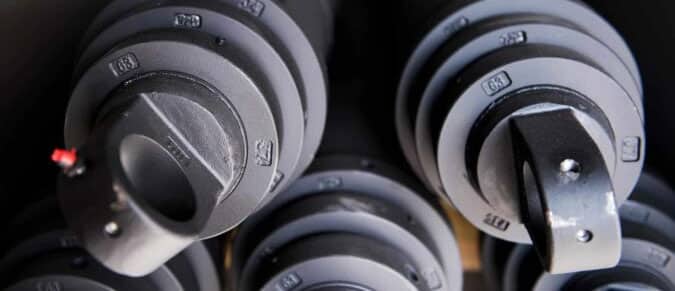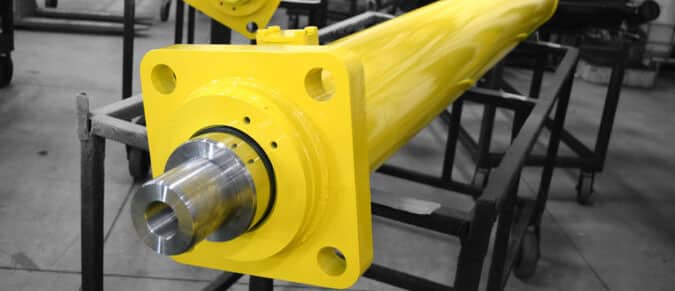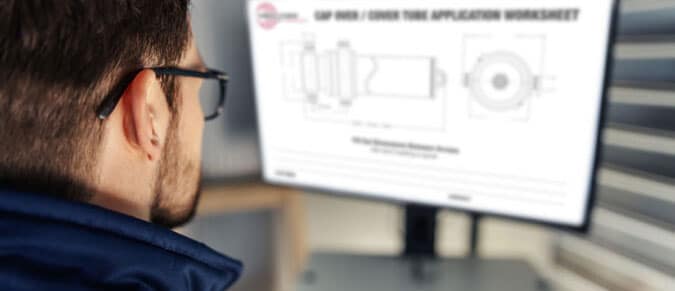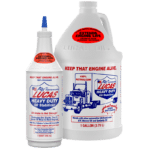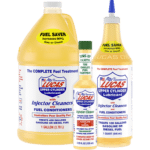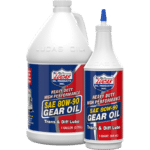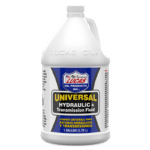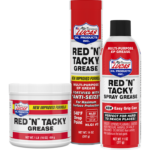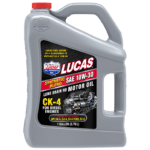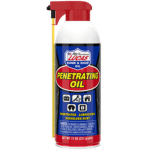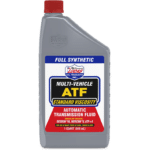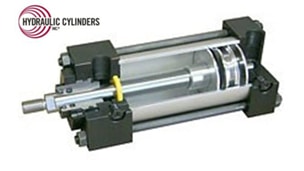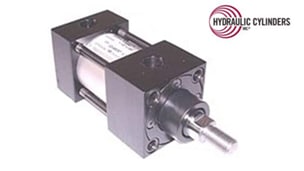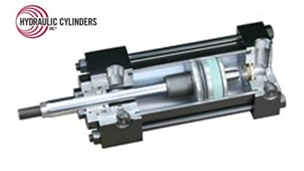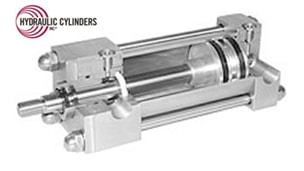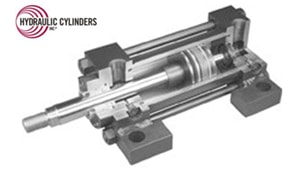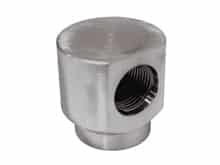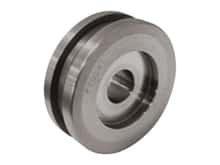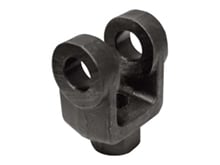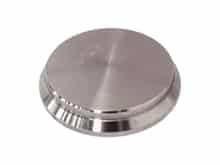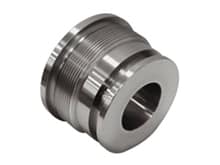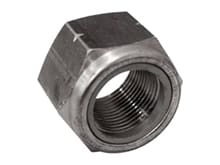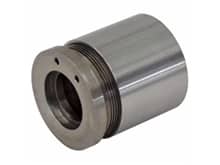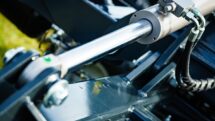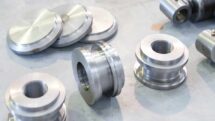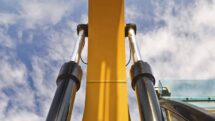How to Troubleshoot Hydraulic Cylinder Drift
High-performance and ruggedness are associated with desirable traits in a hydraulic cylinder. Meeting the industrial demands and rigors of mobile equipment work requires a performance-built, reliable hydraulic cylinder. When a hydraulic cylinder exhibits a problem, it is often due to hydraulic drift. Hydraulic drift is can result from internal leaks in piston seals, valves, or rod seals. These leaks can then create unequal pressure that causes the piston to move from its neutral position.
You may not notice hydraulic drift at first, due to the drift being intermittent in nature. However, drift can increase over time and become more prominent. If you notice unusual movement or positional changes, hydraulic drift may be the culprit.
Causes of Hydraulic Cylinder Drift
In addition to the piston imbalance initiated by oil leaks, hydraulic drift causes can include:
- Fluid contamination
- Excessive/high heat
- Cylinder vacuum
Consequences of Hydraulic Drift
While intermittent positional changes may not seem like a huge problem, the consequences of hydraulic drift can affect the performance and overall function of your hydraulic cylinder. Load imbalance can cause stick-slip, which occurs due to uneven friction from component retraction. Sudden jerky movements can decrease the overall performance of your hydraulic system, with the effects of the friction damaging components over time. Additionally, the added pressure from unbalanced movements can eventually cause hydraulic cylinder failure.
Preventing Hydraulic Cylinder Drift
When discussing ways to prevent hydraulic cylinder drift, one of the easiest ways to prevent it is to create a maintenance schedule. Preventative maintenance can catch smaller issues before they become catastrophic system failures. Additional methods for prevention include:
- Use high-performance, quality hydraulic cylinders. Performance-built cylinders can help reduce cylinder drift when compared to a general-use cylinder.
- Confirm that you have properly installed your hydraulic cylinder. An improperly installed hydraulic cylinder can cause a myriad of issues, including cylinder drift.
- Always use high-quality seals, valves, and other components. This goes without saying, but when replacing hydraulic components, it is best to replace with high-quality, high-performance parts.
- Keep your hydraulic fluid contaminant-free. Hydraulic fluid contamination from water and other particles can cause unwanted leaks and cylinder drift.
- Functional testing. Testing as part of a maintenance schedule can determine if hydraulic cylinder drift is occurring and can allow you to correct the issue after the test has been completed.
When in Doubt, Talk it Out with Hydraulic Cylinder Experts
If diagnosing hydraulic cylinder drift sounds daunting and you don’t know where to begin, contact the hydraulic cylinder experts at Hydraulic Cylinder Inc. today. Our industry knowledge and hydraulic cylinder expertise can help you determine which type of hydraulic cylinder is best suited for your application needs.

